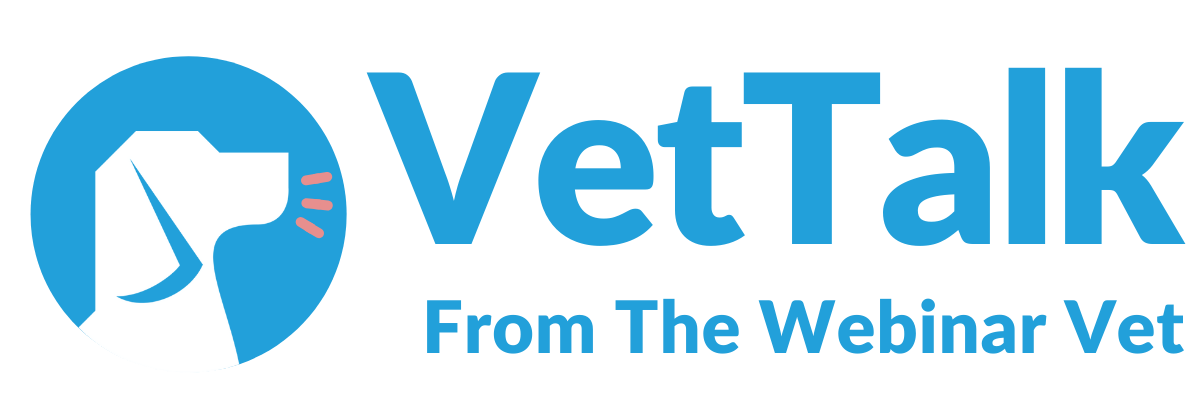
Fungal Threats to Maternal and Newborn Health: Implications for Veterinary Practice
Fungal infections pose serious and growing threats to maternal and newborn health, contributing to severe complications and increased mortality rates across the globe. While often overlooked in mainstream health discourse, these pathogens deserve greater attention—not just in human medicine, but also in veterinary practice, where similar infections impact animal welfare and productivity.
 Fungal Infections in Maternal and Neonatal Care
Fungal Infections in Maternal and Neonatal Care
In human healthcare, invasive fungal infections—particularly those caused by Candida and Aspergillus species—are a major concern in neonatal units. Candida species are responsible for around 93% of fungal bloodstream infections in neonates, with mortality rates as high as 70% in some cases. Aspergillus infections, though less frequent, can be equally devastating, especially in premature infants.
Transmission often occurs during the perinatal period when newborns are exposed to colonised maternal fluids or mucosa. These infections can lead to systemic complications, particularly in low-resource settings where diagnosis and treatment may be delayed.
Veterinary Parallels and Reproductive Health
Veterinary medicine faces comparable challenges. Fungal infections in animals—especially livestock—are known to cause reproductive issues, including abortions, stillbirths, and neonatal illness. Several studies have identified fungal pathogens as contributors to spontaneous abortions in cattle and small ruminants. In many cases, fungi such as Aspergillusand Candida are isolated from the reproductive tracts of infected animals or from foetal tissues.
Moreover, mycotoxins produced by fungi such as Fusarium, Aspergillus, and Penicillium species contaminate animal feed, posing chronic health risks and affecting reproductive efficiency in herds. The presence of mycotoxins has been linked to infertility, poor foetal development, and immunosuppression in animals.
A Call for a One Health Perspective
The increasing burden of fungal disease across both human and animal populations highlights the need for a One Health approach—an integrated effort recognising the interconnection between human, animal, and environmental health.
Veterinary professionals can play a pivotal role by:
Promoting awareness of fungal reproductive diseases in animal populations
Advocating for safe feed storage practices to reduce mycotoxin exposure
Collaborating with human health professionals in zoonotic fungal disease surveillance
Contributing to antimicrobial and antifungal stewardship across sectors
As fungal infections rise due to climate change, antimicrobial resistance, and global mobility, it’s more important than ever to strengthen cross-sector collaboration. Understanding and mitigating these risks early on can help protect maternal and neonatal health—both human and animal alike.
 References
References
Pires, S. T. M., et al. (2024). Neonatal invasive candidiasis and aspergillosis: A global review of causes, diagnosis, and outcomes. Antibiotics, 13(9), 877. https://www.mdpi.com/2079-6382/13/9/877
Rahman, M. M., et al. (2024). Fungal infections in neonatal health: Routes of transmission and risk factors. Tropical Medicine and Infectious Disease, 9(5), 114. https://www.mdpi.com/2414-6366/9/5/114
Sharma, A., et al. (2023). Fungal pathogens and their role in bovine abortion cases. Veterinary World, 16(2), 435–441. https://www.ncbi.nlm.nih.gov/pmc/articles/PMC11423906
Witaszak, N., et al. (2018). Mycotoxins and their impact on animal reproductive health. Toxins, 10(12), 565. https://www.ncbi.nlm.nih.gov/pmc/articles/PMC6251577
